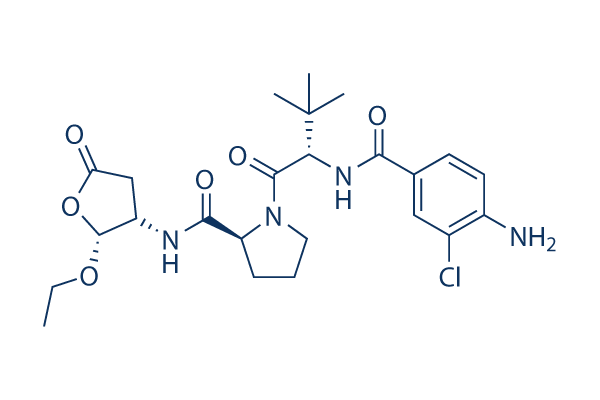Benefits and discussion Peak assignment applying the Chenomx application Metabolite profile analyses within the culture supernatants and extracts were compared with spectra of uninoculated development medium to determine compounds generated and secreted by C. saccharolyticus. Across all of our studies, somewhere around 50 metabolites had been recognized and quantified making use of spectral deconvolution and library primarily based assignment routines during the Chenomx 7. 61 program. Around twenty spectral functions, several of them possessing minimal intensity, remained un assigned. Nevertheless, two of the much more prominent unassigned options were assigned implementing 2 D NMR spectroscopy to 2,3 butanediol and hydroxyacetone. These assignments were confirmed by comparison to ready standards, and approximate concentrations have been estimated working with spectral deconvolution to estimate peak places.
The main lowered fermentation items of interest made from development on each and every monosaccharide are summarized in Table 2. Goods this kind of as amino acids that had been also parts of the growth media are not integrated, selleck chemical though studies with 13C labeled glucose showed proof for incorporation of 13C into some amino acids, notably alanine and glycine. All concentrations had been order inhibitor determined making use of Chenomx except individuals so mentioned in Table 2. We’ve got established that concentrations of major metabolites quantified implementing Chenomx are accurate to within a number of % within the mea sured value for just about any specific sample. Metabolite coverage of NMR examination A complete checklist of compound assignments is presented within the supplemental material.
Picked identifications and quantifications of distinct metabolites illustrating distinctions in supernatant and cell extracts are proven in Figure one. Observed 1H and 13C chemical shifts and corresponding assignments for important me tabolites are shown in Table 1. Multiplicities in 1 D 1H spectra and observation of the expected cross peaks in 2 D 1H 1H COSY, 1H 13C HSQC, and 1H  13C HMBC spectra confirmed these assignments. All shifts are in agreement with anticipated and previously reported values. Identification of novel metabolites Acetate and lactate have been quite possibly the most abundant items during growth on every substrate, and minor quantities of ethanol and glycerol had been observed in all cultures. In addition to acetate, lactate, glycerol, and ethanol, culture supernatants from growths on D glucose also contained modest quantities within the C4 compounds acetoin and 2,three butanediol. Culture supernatants from cells gown on D arabinose contained a substantial concentra tion of ethylene glycol, an unusual fermentation item. r
13C HMBC spectra confirmed these assignments. All shifts are in agreement with anticipated and previously reported values. Identification of novel metabolites Acetate and lactate have been quite possibly the most abundant items during growth on every substrate, and minor quantities of ethanol and glycerol had been observed in all cultures. In addition to acetate, lactate, glycerol, and ethanol, culture supernatants from growths on D glucose also contained modest quantities within the C4 compounds acetoin and 2,three butanediol. Culture supernatants from cells gown on D arabinose contained a substantial concentra tion of ethylene glycol, an unusual fermentation item. r
Others signal
Common types of chemical bonds include ionic bonds, covalent bonds, and hydrogen bonds.
